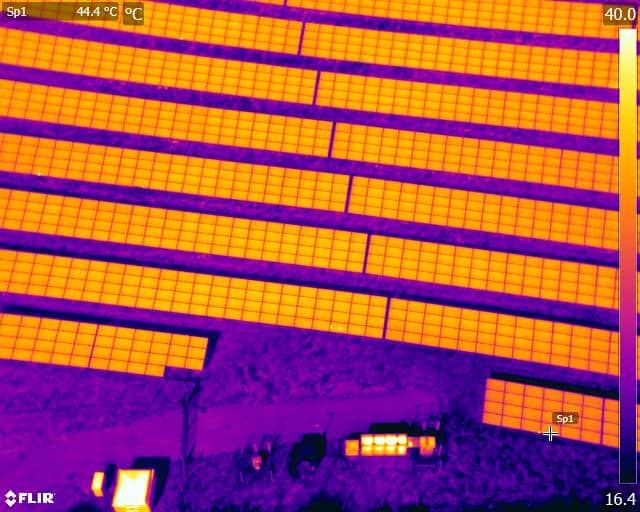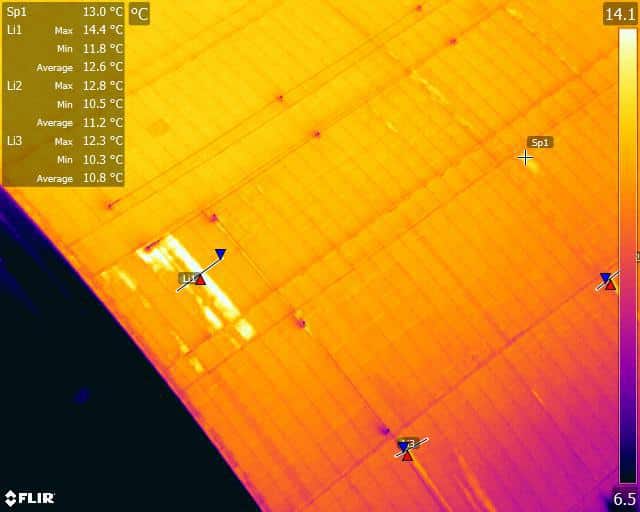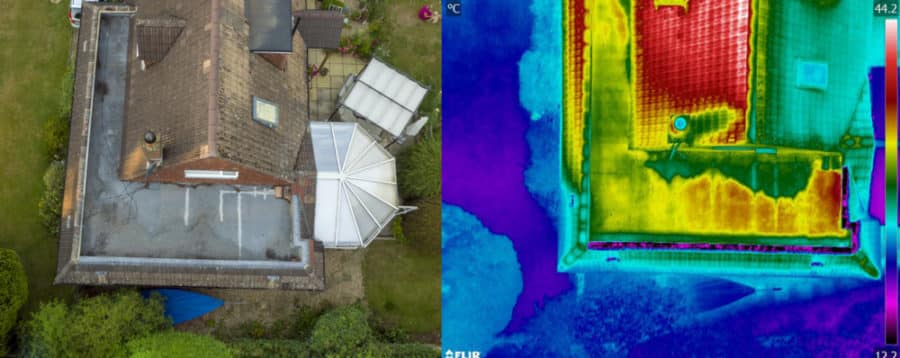What is drone thermal imaging, and how can it help?
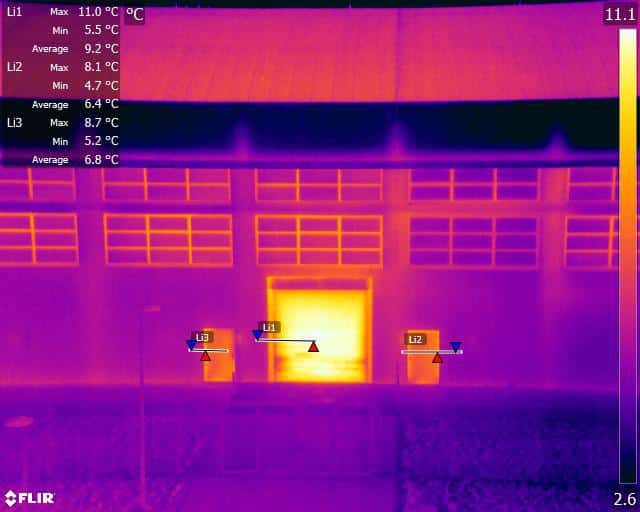
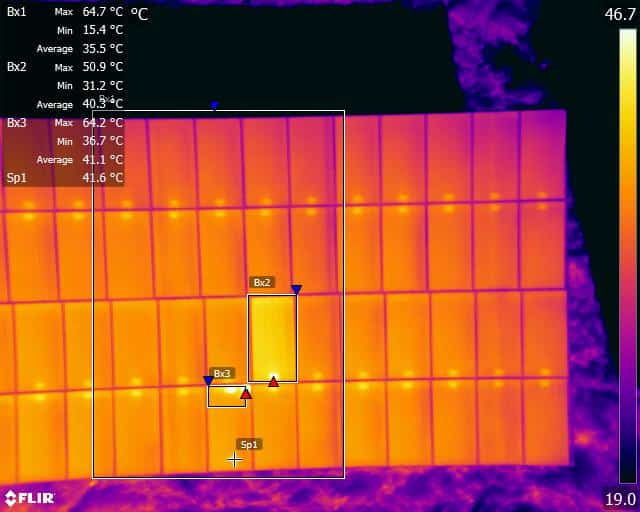
What is Thermal Imaging?
Thermal imaging cameras are devices that translate thermal energy (heat) into visible light in order to analyse a particular object or scene. The image produced is known as a thermogram and is analysed through a process called thermography. Thermal imaging cameras take measuring temperature to the next level; instead of just getting a number for the temperature you get a picture showing the temperature differences of a surface and with Radiometric capability too, spot temperature readings can be taken at any point in the image.
Originally developed for military use, thermal imaging cameras have migrated into other fields and have found many uses. Firefighters use them to see through smoke, find people and localise hotspots of fires. Law enforcement uses the technology to manage surveillance activities, locate and apprehend suspects, investigate crime scenes, and conduct search and rescue operations. Power line maintenance technicians locate overheating joints and parts to eliminate potential failures. Where thermal insulation becomes faulty, building construction technicians can see heat leaks to improve the efficiencies of cooling or heating. They are also common tools used by home inspectors.
We can provide you with a full Quotation
QUALIFIED to CATEGORY 2 THERMOGRAPHY

Can you use Thermal Imaging cameras as a fast and reliable tool for testing solar panels?
Quality assurance is of fundamental importance for solar panels. The failure-free operation of the panels is a prerequisite for efficient power generation, long life, and a high return on the investment. To ensure this failure free operation a fast, simple and reliable method to evaluate a solar panel’s performance is required, both during the production process and after the panel has been installed.The use of thermal imaging cameras for solar panel evaluation offers several advantages. Anomalies can clearly be seen on a crisp thermal image and – unlike most other methods – thermal cameras can be used to scan installed solar panels during normal operation. Finally, thermal cameras also allow scanning large areas within a short time frame. Uncooled thermal imaging cameras are currently being used more and more for solar panel quality controls before installation and regular predictive maintenance check-ups after the panel has been installed. Because these affordable cameras are handheld and lightweight, they allow very flexible use in the field.
What can you see in the thermal image?
If parts of the solar panel are hotter than others, the warm areas will show up clearly in the thermal image. Depending on the shape and location, these hot spots and areas can indicate several different faults. If an entire module is warmer than usual that might indicate interconnection problems. If individual cells or strings of cells are showing up as a hot spot or a warmer ‘patchwork pattern’, the cause can usually be found either in defective bypass diodes, in internal short-circuits, or in a cell mismatch.
Shadowing and cracks in cells show up as hot spots or polygonal patches in the thermal image. The temperature rise of a cell or of part of a cell indicates a defective cell or shadowing. Thermal images obtained under load, no-load, and short-circuit conditions should be compared. A comparison of thermal images of the front and rear faces of the module can also give valuable information. Of course, for correct identification of the failure, modules showing anomalies must also be tested electrically and inspected visually. More information can be found at www.Flir.com
Can you use Thermal Imaging in Building Inspections?
Thermal cameras are excellent tools for building analysis; their specially-designed detector picks up on the heat given off by objects, allowing you to easily pinpoint issues with buildings such as moisture damage, poor insulation, repair, and building defects and much more. Better still with a thermal drone, every single angle of the building can be captured and analysed from the ground to the roof, with precision capturing from whatever angle you need.
Missing, damaged, or inadequate insulation, building envelope air leaks, moisture intrusion, and substandard work are costly to residential and commercial building owners. An infrared camera can help you quickly see and find the sources of energy inefficiencies, destructive water damage, and structural issues so you can make informed decisions on needed repairs that can save energy and stay more comfortable.
Thermal Imaging cameras make it easy to perform non-destructive inspections that isolate cold and warm air infiltration/ex-filtration so necessary repairs and improvements can be made to tighten energy efficiency. Thermal Imaging can also instantly show temperature differences that verify what’s wet and what’s dry and offer fast and reliable diagnosing of a full range of building applications, from energy audits and restoration to roofing and commissioning.
Can you use Aerial Thermal Cameras to review high-voltage Infrastructure?
Heat is an important factor in high voltage installations. When electrical current passes through a resistive element, it generates heat. Increased resistance results in an increase in heat. Over time the resistance of electrical connections will increase, due to loosening and corrosion for instance. The corresponding rise in temperature can cause components to fail, resulting in unplanned outages and even injuries. In addition, the energy spent on generating heat causes unnecessary energy losses. If left unchecked, the heat can even rise to the point where connections melt and break down; as a result, fires may break out.
Examples of failures in high-voltage installations that can be detected with thermal imaging:
- Oxidation of high voltage switches
- Overheated connections
- Incorrectly secured connections
- Insulator defects
These and other issues can be spotted at an early stage with a thermal imaging camera. A thermal imaging camera will help you to accurately locate the problem, determine the severity of the problem, and establish the time frame in which the equipment should be repaired.
Thermal Imaging in Search and Rescue
When searching or rescuing injured or missing persons seconds always count. High-sensitive thermal cameras can provide the important minutes required to save lives.
Using our Zenmuse XT Radiometric 640 thermal camera fitted to a drone, we are able to offer search and rescue agencies and services a hire service to complement their existing teams and equipment.
We are able to deploy quickly and efficiently and with our Matrice M600 fitter with the XT we can stay airborne for an amazing 35-40 minutes on a set of batteries.
Can drones be used in Farming and Agriculture?
Thermal Imaging technology is a non-invasive, non-contact, and non-destructive technique used to determine thermal properties and features of any object of interest, and therefore it can be used in precision agriculture farming, where heat is generated or lost across land, crops, and livestock. The potential use of thermal remote sensing in agriculture includes irrigation schedules, plant disease detection, nursery, and greenhouse inspections, fruit yield estimation, evaluating the maturity of fruits and bruise detection in fruits and vegetables.
Crop monitoring for nutrients, water-stress & deployment, disease, insect attack, and overall plant health is a vital aspect of successful agricultural operations. Traditionally this has been carried out by visual examination of crops on the ground or sometimes from the air. However, these methods are limited by the ability of the human eye to discriminate between healthy foliage and foliage suffering various kinds of stress. Often a specific condition must be well-advanced before visual symptoms become noticeable even to experienced observers.
Modern precision agriculture relies on site-specific management tactics to maximise yield and resources while reducing environmental impacts such as over-fertilisation and the broad applications of pesticides. Pin-pointing areas requiring attention – be it water, weed or pathogen treatment, or nutrient adjustments – allows for spot application rather than whole-field treatment. The collection of key data at a sufficient level of accuracy depends on the availability of equipment that can be operated at a cost-effective level.
Can Drones be used in Land Surveying?
Underground fires at landfill sites are a continuous danger and if not dealt with in a professional way, they can spread. Using Drone Thermal Imaging Technology and the latest high resolution radiometric thermal imaging sensors, we can very quickly and competitively survey the landscape and provide data that specialist thermologists will react.
A landfill fire occurs when the landfilled solid waste ignites and spreads. When the landfilled solid waste is not covered daily, the increase of temperature due to biological decomposition can promote the spontaneous ignition of the waste. It is important to underline that often the landfill fires are also attributed to arson.
An infrared camera detects radiation in the infrared range of the electromagnetic spectrum and produces images of that radiation. The amount of radiation emitted by an object increases with temperature; therefore, the thermography allows us to see the environment as variations in the temperature of the target objects. When viewed by infrared cameras, warm objects stand out well against cooler backgrounds. We use the Zenmuse XTr Radiometric camera with our drones which offer the availability of viewpoints at different altitudes to monitor a wide area with a full geometrical resolution with geo-tagging.
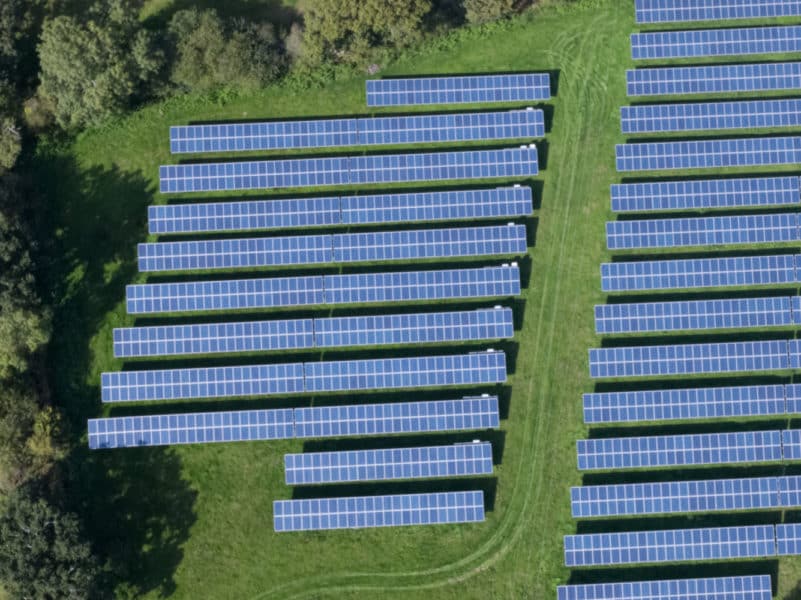
PV Solar Farm Inspection in line with IEC 62446-3:2017 and BS EN ISO 62446-1:2016 standards.
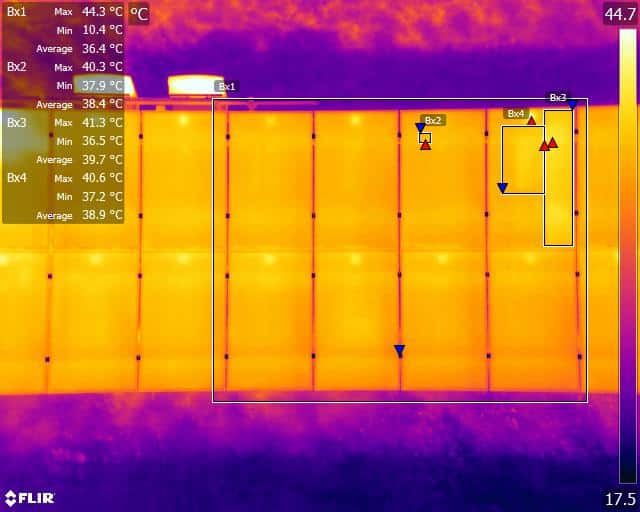
Thermal Image Reporting
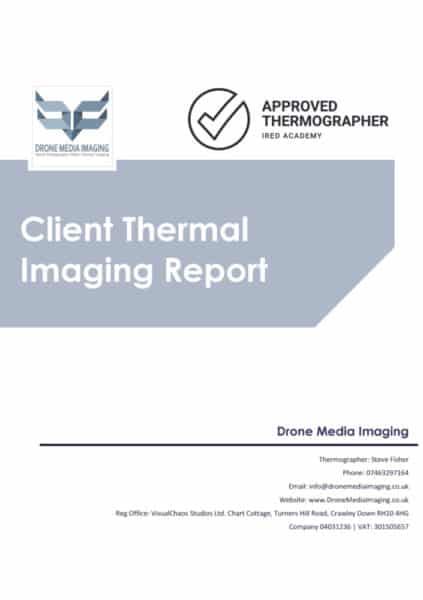
Zenmuse XT Radiometric 640
| Thermal Imaging | Uncooled VOx Microbolometer |
| FPA/Digital Video Display | 640 × 512 |
| Analog Video Display Formats | 720 × 480 (NTSC); 720 × 576 (PAL) |
| Pixel Pitch | 17 ?m |
| Spectral Band | 7.5 – 13.5 ?m |
| Full Frame Rates | 640 × 512?30 Hz (NTSC) 25 Hz (PAL) |
| Exportable Frame Rates | 7.5 Hz NTSC; 8.3 Hz PAL |
| Scene Range (High Gain) | 640 × 512?-13° to 275°F (-25° to 135°C) |
| Scene Range (Low Gain) | -40° to 1022°F (-40° to 550°C) |
| Spot Meter | Temperatures measured in central 4×4 |
| File Storage | Micro SD Card |
| Photo Format | JPEG, TIFF |
| Video Format | MP4 |
F.A.Q.
Thermal Image of an old landfill site showing underground heating from methane gas

We can provide you with a full Quotation
